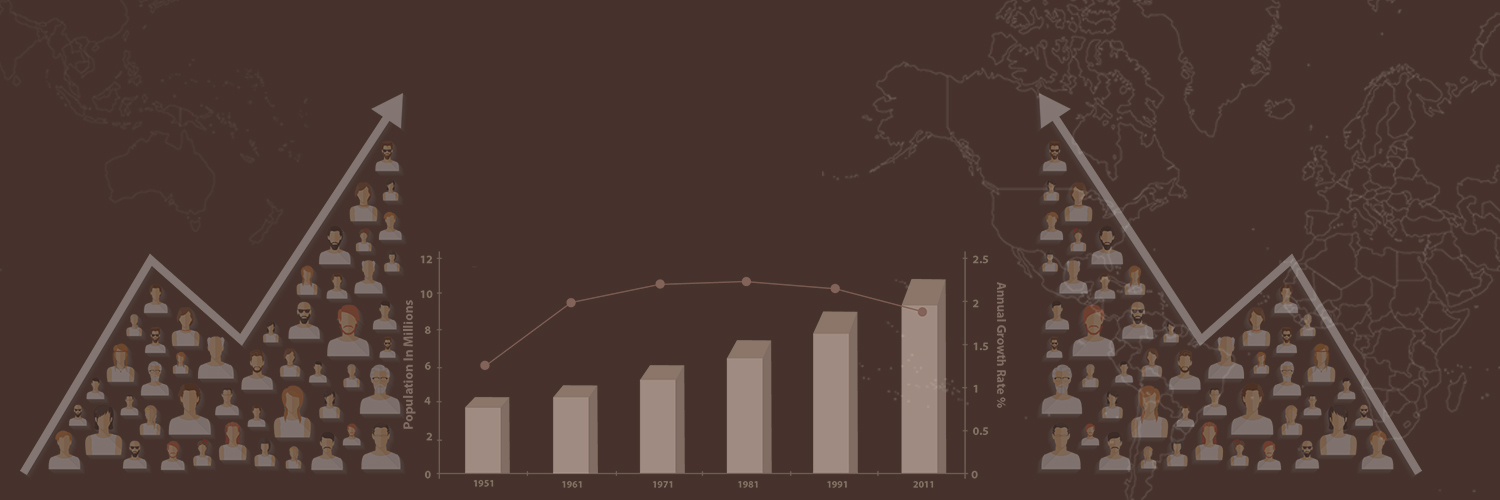
The human capital refers to the country’s workforce based on their existing productive skills and capabilities. The ‘human resource’ is developed by education and health care facilities to add to the productive power of the country. This is called ‘human capital formation’.
Investment in human resource leads to high rates of return in future. Educated parents, unlike the disadvantaged ones, invest more in the education, food and health of their child as they realise the importance of education, nutrition and hygiene.
Education
Health
Unemployment